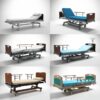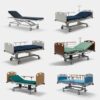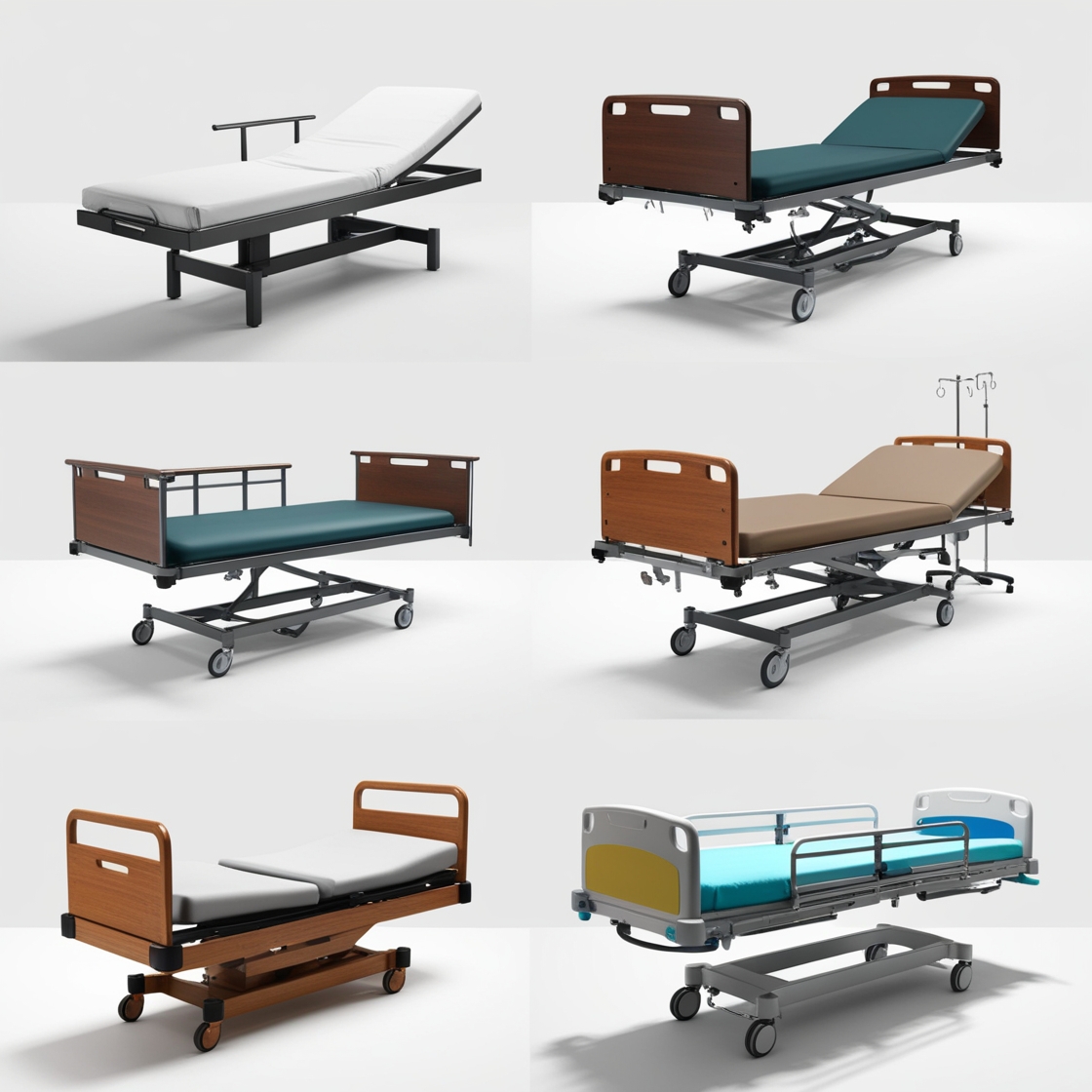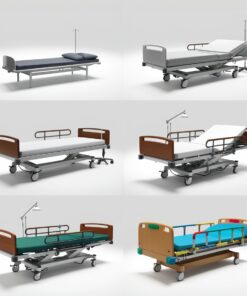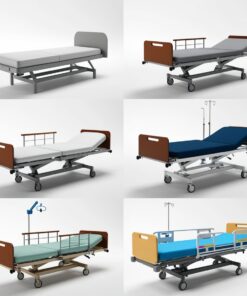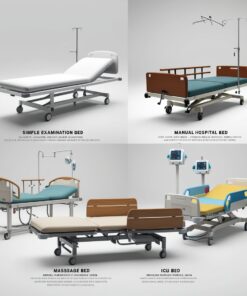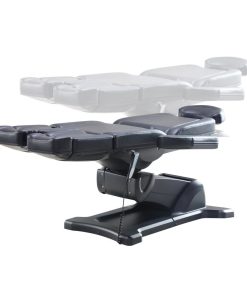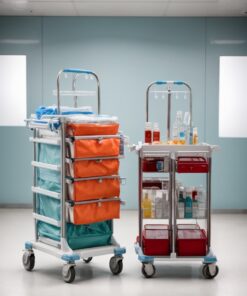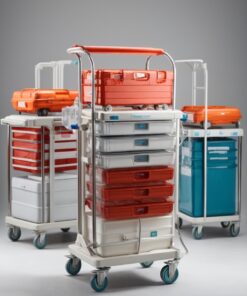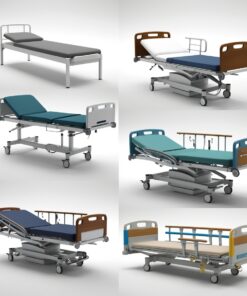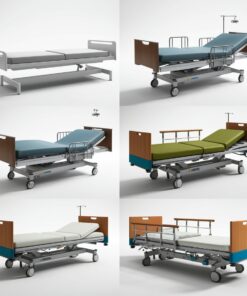medical adjustable bed
R8,514.00 Ex VAT
Uses of Hospital Beds
- Patient Comfort: Adjustable features allow for optimal patient positioning during recovery or long-term care.
- Medical Care Support: Facilitates procedures like wound care, IV placement, and physical therapy.
- Fall Prevention: Safety rails and low-bed designs minimize the risk of injuries.
- Pressure Relief: Specialized surfaces (like air mattresses) prevent bedsores and improve circulation.
- Mobility Assistance: Helps patients transition from lying to sitting or standing with ease.
- Monitoring: Integrated systems in ICU beds allow real-time monitoring of patient vitals.
- Rehabilitation: Adjustable positions aid physical therapy and recovery.
Medical supplies encompass a vast array of tools, instruments, and materials essential for the diagnosis, treatment, and management of health conditions. These supplies are crucial components of healthcare delivery systems, ensuring that medical professionals can provide optimal care to patients in various settings, including hospitals, clinics, and emergency rooms.
One of the fundamental categories of medical supplies is consumable items, which are single-use products designed for specific medical procedures or tasks. Examples of consumable medical supplies include gloves, masks, gauze, bandages, and syringes. These items play critical roles in infection control, wound care, and medication administration, safeguarding both patients and healthcare workers from the spread of infectious diseases and contaminants.
Surgical supplies constitute another essential category of medical supplies, encompassing instruments, equipment, and accessories in surgical procedures. Surgical supplies range from scalpels, forceps, and retractors to surgical drapes, sutures, and surgical gloves. These supplies enable surgeons and operating room personnel to perform surgeries safely and effectively, maintaining sterility and minimizing the risk of complications during procedures.



